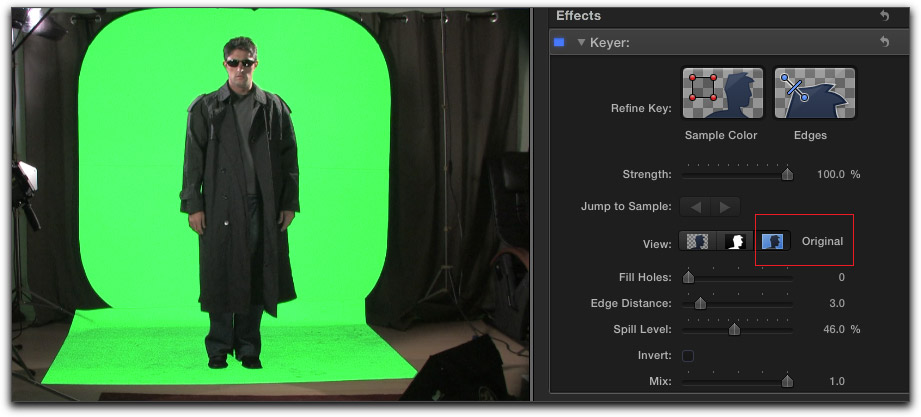LO2 Understand codes and conventions of factual
programming for television
List and explain
all the codes and conventions used in a NEWS product with examples. (Use the
key terms)
Challenge Task:
Compare and contrast 2 different news products e.g. BBC and Channel 5 or 60
Seconds and BBC News night
A code is a
system of sign, which can be decoded to create meaning.
It can create feelings to the audience through effects and techniques- E.g. a woman who wears red in a film makes the audience think that she is dangerous.
It can create feelings to the audience through effects and techniques- E.g. a woman who wears red in a film makes the audience think that she is dangerous.
A convention
is what you would expect to see (stereotype) in a certain genre- E.g. in a crime drama we expect to see
dark settings – a hero, a villain and sometimes a policeman
News conventions
Studio newsreaders-
a news presenter is a person who presents news when the news programme is on in
the format of a TV show or Internet or radio. News presenter’s work in TV
studios, radio studios and from remote broadcasting in the field especially
weather forecasters.
An example of
news reporters is Sian Williams and George alagiah.
They have to
look very presentable and professional so that the viewers will take them
serious.
Explain and analyse
the different DOCUMENTARY FORMATS – explain the codes and conventions used in
each and give examples (Use key terms)
Challenge Task:
Analyse (in detail) ONE documentary of your choice. Use key terms.
Participatory conventions
This is where
the documentary maker and the crew interact with subject. The voice over Is
usually done by the documentary also known as ‘the voice of God’. Most
Interviews tend to take over this normally takes a while but is normally
formal. They use archive material such as stills, footage, news, newspaper,
headlines and letters. They focus on the
location where they shoot and record they use handheld cameras. The documentary
maker is visible to the audio.
Field reporters;
A
correspondent or on-the-scene reporter could be a journalist or commentator, or
a general agent who contributes reports to newspaper, or television news or
radio or other company types, from distant but remote locations. The benefit of
this that the viewers will get a real picture of what’s actually happening at
that time and place.
Links to the studio-
This is when
televised news shows links to another studio station. This can be found on
mainstream news channels, such ads BBC news some American news channels and
ITV.
Mode of address-
This is how
the reporter delivers the news on the TV to the viewers. BBC and ITV are very
precise and formal. Channel 5 however, they are less formal they use more slang
words this helps them to connect more with the younger audience.
Experts and
witnesses-
Having
witnesses or expert’s opinions on a subject gives the audience another opinion.
The reporter’s job is to try to get as many witnesses as possible to gather
more information. An expert provides reassurance it also gives the audience
facts and figures, which will make the audience more likely to believe it
Report
structure -
This is the
main story in the studio, another
location reporter, then an interview, then back to the studio.
Actuality
Footage:
This is live footage from the scene that the news
channel broadcasts. An example of this is the Twin Tower
Documentaries
Documentary Formats:
Expository:
This mode of documentary is more pleasing on the eye for the
audience; it doesn’t follow strict conventions of most documentaries.
Observational:
This type of documentary just uses one camera, ‘observing’
the world. ‘Lift’ is a documentary that uses this technique.
Interactive:
This is when the audience of the documentary have a say in
what happens. The audience also contribute to the outcome.
Reflexive:
Reflexive documentaries reflect on real life. For example,
David Attenborough’s ‘Frozen Planet. It reflects on someone’s life.
Per
Formative:
Acknowledges the emotional and subjective aspects of
documentary, and presents ideas as part of a context, having different meanings
for different people, often autobiographical in nature.
Realism:
This contains all the different basics that make it realistic this
includes features such as actuality film. Interviews with witnesses and people
with personal information on the subject.
Dramatization:
This is the reconstruction of an occasion, novel, and story in a form
suitable for dramatic presentation. They might dramatize an event to make it
more interesting and entertaining for the viewers. The story line will still be
correct, but they will spice things up abit.
Codes and conventions
archive material - chroma key can be used, also images, video footage as long as it is related to the topic. archive footage allows the audience more information about the topic give.
this is an example of chroma key.
editing- the most commonly way people edit is conventional editing. this is where you can on hear the answers which are being answered by the interviewee. they commonly use cuts, this allows the recording to run smoothly with out any jumps.
mise-en-scene-this always relates to the topic or should do. chroma key sometimes would be used in interviews to make a mise-en-scene.
this is an example of mise-en-scene.
graphics- this is commonly used in interviews, they relate the person to the documentary.
graphics could be the documentary's title, credits of the people who made it and was in it and additional text.
this is an example of graphics
camera work- there are loads of different shots used with documentarys this is to stop the audience getting bored with the same angle and shot.

this is an example of the different camera shots
most documentary use the rule of thirds, this is where the interviewee's eye line is 1/3 down the frame.
this is an example of the rule of the third.





No comments:
Post a Comment